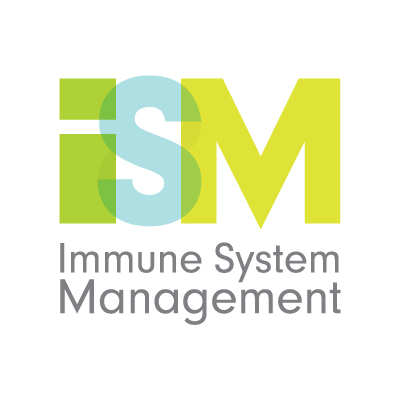What is Immunosenescence?
The scientific community’s understanding of immunosenescence (the dysfunction of the immune system associated with aging or stress) is only in its infancy. A paradigm to explain what immunosenescence actually entails was only recently published in Discovery Medicine in late 2015,[1] by Dr. Marian Laderoute, based on her insight gleaned through years of studying amino acid profiles at ISM as Lab Director. Nevertheless, accumulating evidence strongly implies that for the most part, chronic illness is causally related to an aged, stressed-out, and/or dysfunctional immune system. Not surprisingly, many clinicians now appreciate that a disrupted immune system underlies chronic illness. In the case of disease caused by infectious agents, generally healthy persons recover rapidly such as from influenza, whereas those with dysfunctional immune systems take longer, are hospitalized, or could expire depending on the level of immunosenescence present. Of course, there are intractable infectious agents like HIV-1, which seem to directly contribute to immunosenescence, by destroying the immune system.
ISM has developed a unique database of thousands of case studies of clients who are well and those with chronic and acute disease states. We are not aware of any other database that has documented or analyzed the metabolic & immune system profile and impact of supplementing to correct amino acid deficiencies to the same extent as that developed from ISM’s database.
We face the fundamental problem that our healthcare system essentially employs a band-aid approach to treat symptoms rather than the cause of chronic illness. However, now that it is being recognized that immunosenescence is the problem, this raises the issue of how to reverse and recover from it.
In our thousands of client-years of study and follow-up, we have not found one individual with a chronic illness to have an optimal amino acid profile. However, these profiles revert to optimal levels upon application of the Aminomics™ program, usually achieved along with other lifestyle, exercise, and dietary changes. By rebalancing the amino acid profile (through personalized amino acid supplementation combined with a proprietary blend of flavonoids and cofactors), providing targeted support, and counteracting the entities believed to promote immunosenescence, Aminomics™ appears to consistently enhance wellness. In part, it also exploits the body’s natural ability to heal itself and many clients report improvement in eyesight, sleep, and mood, and that their hair and nails grow faster. A common finding is that recovery from trauma or surgery has been enhanced.
Tens of billions of dollars have been spent searching for ‘the functional cure’ for many of the major diseases, but there have been few breakthroughs. Only a very small portion of this funding has been earmarked for nutritional prevention and therapeutics – even though ultimately this is by far our best bet for beating “immunosenescence” and the risk of chronic disease.
So in summary, the main reason Aminomics is not being more commonly used to achieve wellness is that “immunosenescence” as a cause of disease has not been generally known or appreciated until now. Also, the medical system needs time to adjust to this new line of thinking so that they no longer prescribe immunosuppressive or immune disruptive interventions, and instead promote natural healing and the reversal of immunosenescence.
[1] Laderoute MP. A new paradigm about HERV-K102 particle production and blocked release to explain cortisol mediated immunosenescence and age-associated risk of chronic disease. Discov Med. 2015 Dec; 20(112):379-91.

